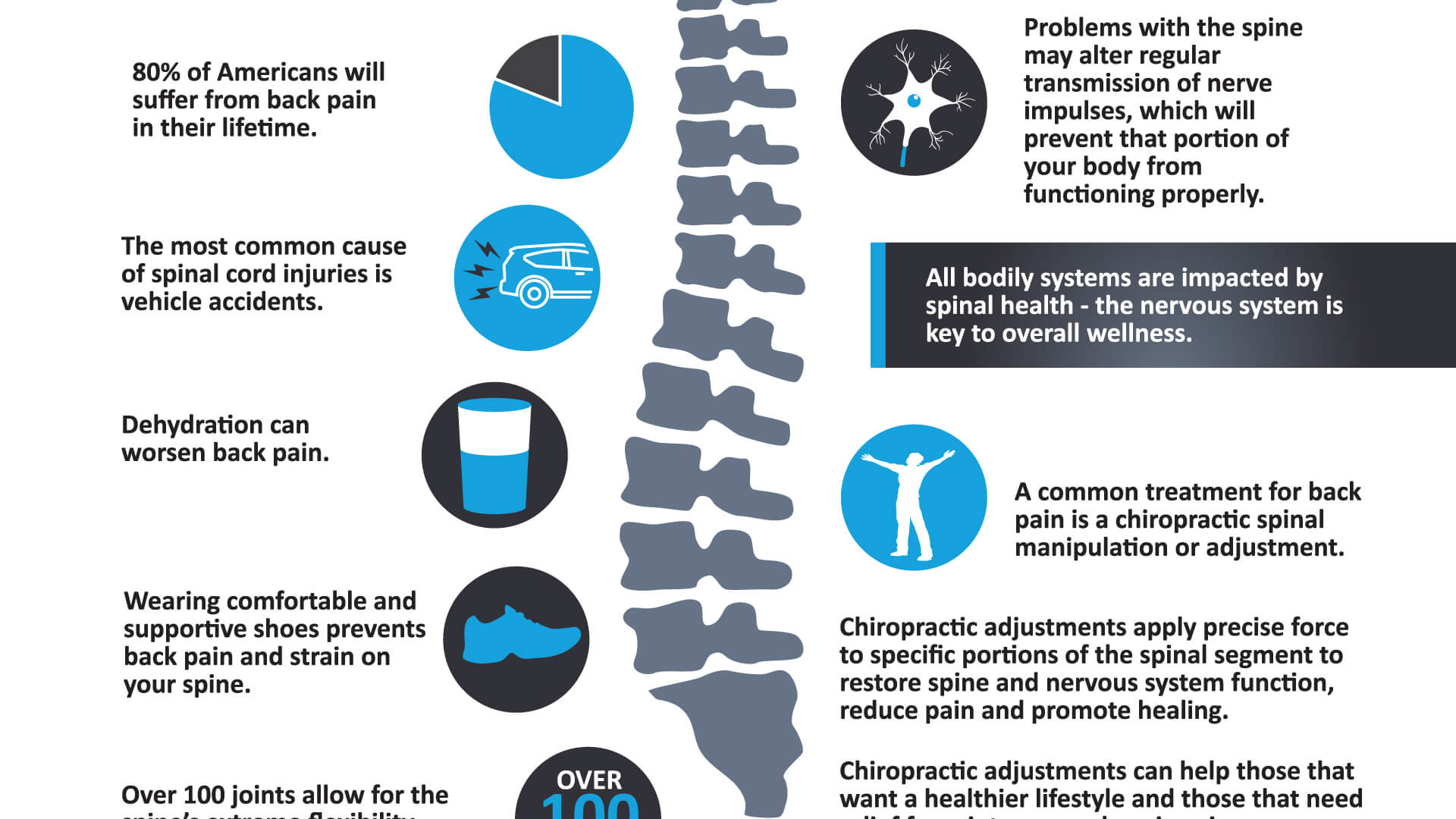Pain In The Back As An Indicator Of Health And Wellness: Common Conditions And Their Symptoms Described
Pain In The Back As An Indicator Of Health And Wellness: Common Conditions And Their Symptoms Described
Blog Article
Uploaded By-Hamilton Harmon
If you're experiencing pain in the back, your body could be trying to inform you something greater than simply pain. my back hurts so bad feels can supply useful ideas concerning your total wellness. Recognizing the certain type of discomfort you're really feeling and any type of accompanying signs and symptoms is crucial to unraveling the secret behind your discomfort. Let's check out the typical problems and symptoms associated with different types of back pain to shed light on what your body might be signaling.
Kinds Of Back Pain
When it involves pain in the back, there are various kinds that you might experience. One usual type is muscular tissue discomfort, frequently caused by overuse, stress, or injury to the muscular tissues and tendons sustaining the spine. This sort of discomfort can vary from mild pain to extreme and debilitating discomfort.
Another kind is nerve pain, which can arise from problems like herniated discs or sciatica. Nerve discomfort usually provides as a sharp, shooting feeling that emits down the leg.
Joint pain in the back can originate from issues like arthritis or sacroiliac joint dysfunction. This type of pain is normally felt in the lower back and can be exacerbated by particular movements.
Additionally, back pain can be related to structural issues such as spine constriction or vertebral cracks. Comprehending the type of pain in the back you're experiencing is critical in identifying the proper therapy and management strategies.
Common Symptoms to Expect
Moving beyond the numerous kinds of back pain, it is necessary to recognize the typical signs and symptoms that can signal underlying problems.
Consistent pain in the back that worsens with movement or in the evening might indicate a much more significant trouble. Feeling numb or tingling in the legs or feet, particularly when accompanied by weakness, could point to a nerve-related issue. If you experience sudden weight-loss along with neck and back pain, it could be a sign of a much more systemic problem.
Focus on any adjustments in bladder or digestive tract function, as this could be connected to spine compression. High temperature, chills, or night sweats along with neck and back pain might signal an infection. Watch out for wellness center austin tx that radiates down one or both legs, potentially a measure of sciatic nerve pain.
Health Issues Linked to Pain In The Back
If you suffer from pain in the back, it's important to understand the potential wellness problems linked to this discomfort. Pain in the back can be a symptom of various underlying issues, including muscle strains, herniated discs, osteoarthritis, spinal stenosis, and also conditions like kidney stones or infections.
Muscular tissue pressures are common and often arise from raising heavy objects or abrupt motions.
Herniated discs happen when the soft cells between vertebrae protrudes, causing nerve irritability.
Osteoarthritis, a degenerative joint illness, can cause pain in the back as cartilage material wears down.
Back constriction, the narrowing of the spine canal, can put pressure on nerves.
https://stephenrnhbw.mybuzzblog.com/10276377/make-use-of-the-benefits-of-chiropractic-like-enhance-your-sports-performance-and-reveal-the-understandings-that-make-this-connection-transformative may trigger intense neck and back pain if they relocate right into the urinary system system.
Infections like back osteomyelitis can likewise manifest as pain in the back. Understanding these potential wellness conditions can aid you seek suitable healthcare and administration for your back pain.
Final thought
So, following time your back harms, take notice of the type of pain and accompanying signs. Maybe a signal from your body about underlying health conditions like muscle mass stress, nerve problems, joint troubles, or perhaps architectural concerns. By recognizing these indicators, you can take aggressive actions to deal with the root cause of your back pain and enhance your overall health and well-being.
